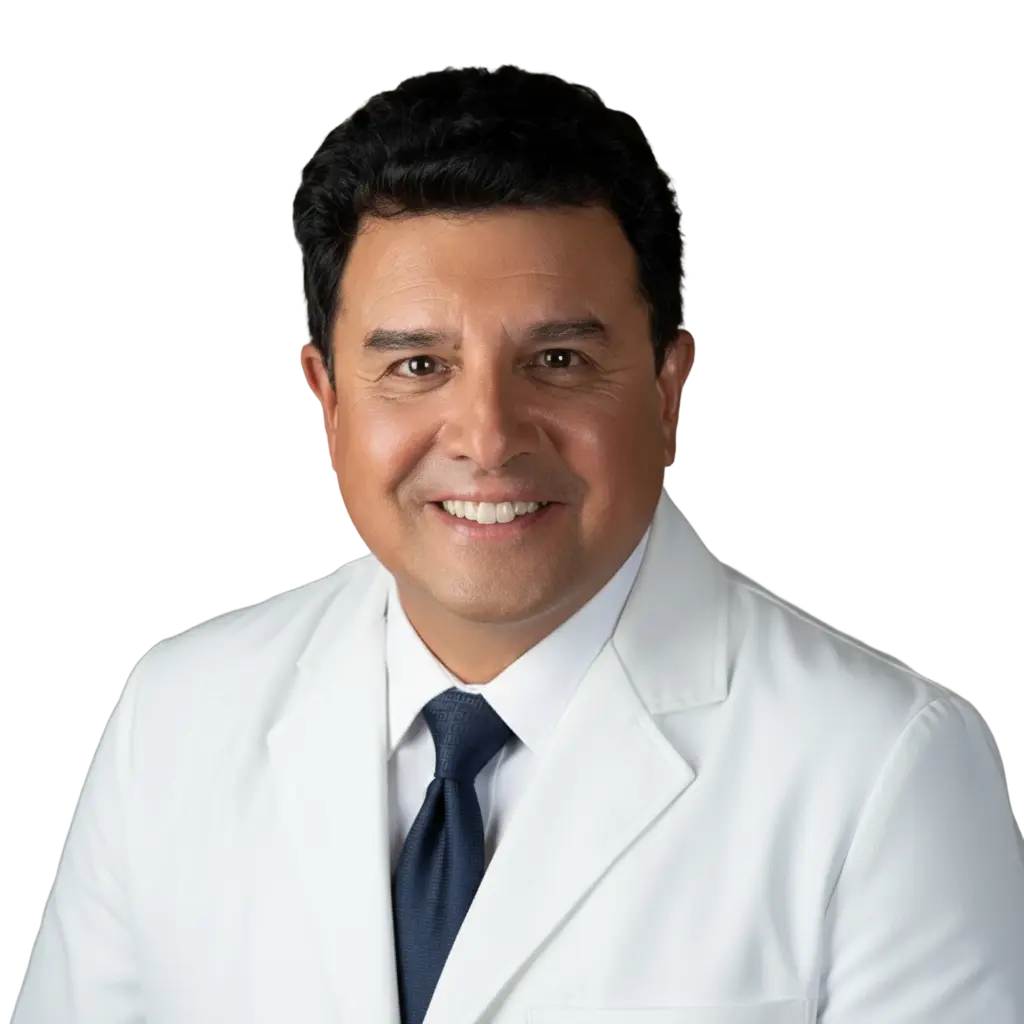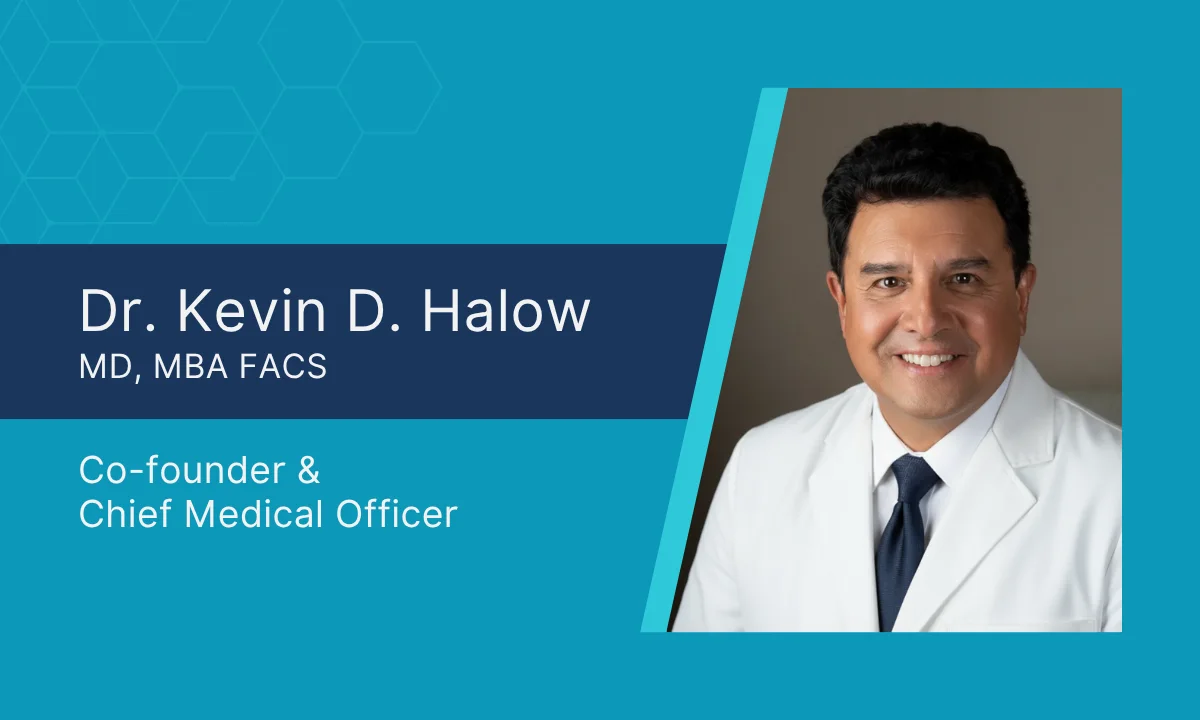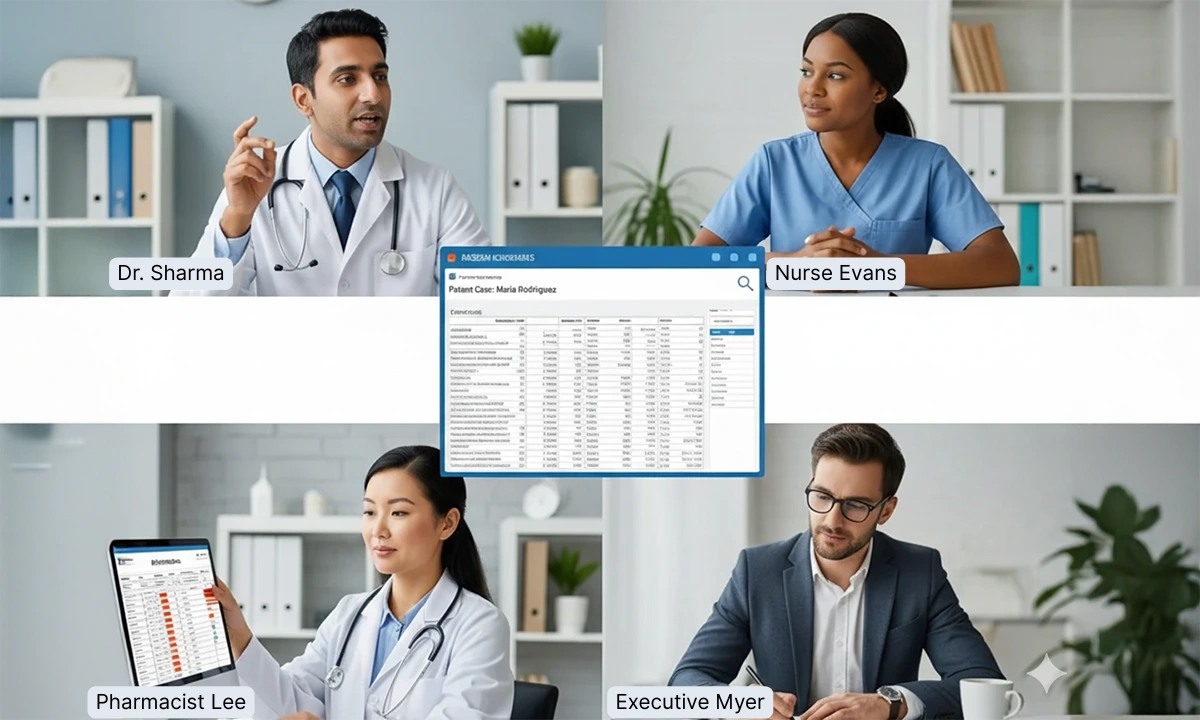Re-Engaging the Disengaged Physician in a Fragmented Healthcare System
In today’s healthcare landscape, physicians are facing unprecedented demands—clinical overload, fragmented communication systems, and a growing sense of professional isolation. While technology has promised efficiency, it often adds complexity. What if the solution isn’t more tools, but smarter, unified ones?
HIPAA compliant unified communication platforms offer a transformative approach to solving physician disengagement and restoring collaboration. At its core, UC respects the physician’s most valuable resource: time. And by doing so, it helps re-engage clinicians who feel increasingly disconnected from their teams and organizations.
Let’s explore how UC platforms—especially those designed with healthcare in mind—can solve real problems and restore a sense of agency, collaboration, and connection.
Replacing the Meeting with Asynchronous Collaboration
Meetings are often the bane of clinical schedules. Coordinating multiple calendars, blocking time, and stepping away from patient care for a one-hour discussion is rarely feasible. HIPAA compliant unified communication platform offer a better way: asynchronous collaboration designed for real clinical workflows.
How It Works
Instead of scheduling a meeting, an administrator creates a secure, dedicated channel or thread for communication. They post the core issue—say, a proposed change to a clinical pathway—and attach relevant documents, such as de-identified EMR snippets or reports. They then @mention the physicians whose input is needed.
The Physician’s Experience
You receive a single, secure notification on your smartphone or desktop. Between patients, during a break, or after your clinical day, you open the thread, review the context, and type or dictate your response. The entire interaction might take three minutes—on your own schedule. You contribute meaningfully without ever stepping into a conference room.
Why It Matters
This model respects your time and allows for thoughtful input without disruption. It also creates a documented, inclusive decision-making process that’s faster and more efficient than traditional meetings.
Cloud Phone Systems can help maintain HIPAA Compliance
Combating Inefficiency and Reducing Cognitive Load
Healthcare communication is notoriously fragmented. Physicians juggle EMRs, pagers, personal phones, emails, and more—each with its own login, interface, and compliance risk. This constant context switching leads to wasted time and mental exhaustion.
How UC Solves It
A well-designed HIPAA compliant unified communication platform consolidates messaging into one secure, clinician-friendly app. It integrates with EMRs, scheduling systems, lab results, and more, becoming the central hub for clinical collaboration.
The Physician’s Experience
You no longer need to log in and out of multiple systems. A critical lab value is pushed to you in the same app where you consult with a specialist. You escalate a nurse’s query to a pharmacist within the same thread, preserving full context. Everything happens in one place, reducing friction and cognitive load.
Why It Matters
Streamlined communication leads to faster decisions, fewer errors, and reduced burnout. Physicians can focus on care, not chasing information across platforms.
Fighting Isolation and Recreating the “Digital Hallway”
One of the unintended consequences of packed schedules and digital workflows is professional isolation. The informal “hallway conversations” that once sparked ideas and solved problems have all but disappeared. HIPAA compliant communication platforms help bring back real-time collaboration, virtually, reconnecting physicians across teams.
How It Works
Presence indicators show who’s available, busy, or in a procedure. You can instantly start a secure chat or video call with a colleague in another department to get a quick opinion on a case.
The Physician’s Experience
Instead of sending a page and waiting for a callback, you see that the cardiologist you need is “Available.” You initiate a quick video call, share your screen to display an EKG, receive an immediate opinion, and document the result. The interaction is fast, secure, and collaborative.
Why It Matters
This restores a sense of connection and teamwork. Physicians feel part of a responsive, engaged community rather than isolated practitioners navigating silos.
Re-Personalizing a Depersonalized Environment
Healthcare communication has become sterile—endless emails, impersonal EMR messages, and rigid documentation. But communication is more than data transfer; it requires nuance, empathy, and human connection.
How UC Solves It
HIPAA compliant unified communication tools support seamless transitions from text to voice or video, reintroducing empathy and context. A quick voice note can convey tone and empathy far better than text. Video calls reintroduce facial expressions and vocal inflections that are crucial for genuine connection.
The Physician’s Experience
A 60-second video call to discuss a difficult case with a colleague feels more supportive than a 20-email chain. You hear their voice, see their face, and share the emotional weight of the decision. It’s faster, more human, and more effective.
Why It Matters
Re-personalizing communication helps combat emotional exhaustion and depersonalization, key drivers of physician burnout.
The Role of HIPAA Compliant Chat & Secure Communication in Medical Practices
Scenario: The Critical Management Decision
Let’s apply these principles to a real-world scenario.
The Old Way
Management requires physician input to adopt a new clinical pathway. They send an email with a 20-page PDF. They try to schedule a meeting, but calendars don’t align. The meeting is scheduled for two weeks from now, and only two of the five key physicians can attend. Phone tag ensues. Input is fragmented. The decision is delayed. Physicians feel excluded.
The Unified Communication Way
Using a HIPAA compliant unified communication platform, management creates a secure decision-making channel: “Decision: New Sepsis Pathway.” They post a one-paragraph summary, attach a 2-page executive summary and the full PDF, and @mention the five physicians.
- Physician A sees the notification after a procedure. They spend 90 seconds reading and reply: “Concern about Stage 2 antibiotic choice for renal impairment. Suggest an alternate.”
- Physician B, at home that evening, reads the thread and replies: “Agree with A. The proposed alternative is our standard of care. I support the change with that modification.”
- Within 24 hours, all five physicians have weighed in asynchronously.
Management posts: “Consensus reached. We’ll modify per Dr. A’s suggestion. Thanks all.”
The decision is made, documented, and inclusive—without a single meeting.
Why This Matters for Physician Engagement
Disengagement isn’t just a morale issue—it’s a clinical risk. Physicians who are disconnected are less likely to contribute to organizational decisions, adopt new protocols, or collaborate across teams. HIPAA compliant communication platform help reverse this trend by making collaboration physician-first and workflow-friendly.
- Respecting time: Physicians engage when it fits their schedule.
- Reducing friction: One app, one thread, full context.
- Restoring connection: Real-time collaboration and human interaction.
- Empowering input: Every voice matters, even when it’s asynchronous.
By integrating into clinical workflows and honoring the realities of medical practice, UC platforms don’t just improve communication—they rebuild trust, agency, and engagement.
Conclusion
HIPAA compliant unified communication is not a luxury; it’s essential for healthcare systems that prioritize connection, security, and efficiency for modern healthcare. It’s not about adding another tool; it’s about replacing outdated, fragmented systems with a smarter, more respectful way to collaborate.
For healthcare leaders, the message is clear:
To engage your physicians, reduce burnout, and accelerate decision-making, start by transforming how you communicate.
For physicians, UC offers a way to reconnect with your team, your organization, and your purpose on your own terms.
Frequently Asked Questions
1. How does asynchronous collaboration help physicians compared to traditional meetings?
Instead of spending an hour in a scheduled meeting, physicians can review summaries, documents, and threads at their convenience. A HIPAA compliant unified communication platform enables secure, asynchronous input, saving time while ensuring every voice is included.
2. What role does unified communication play in reducing physician cognitive load?
Physicians often juggle pagers, EMRs, emails, and multiple logins. A unified communication platform consolidates everything, lab results, consults, scheduling, and messaging, into one secure hub, eliminating constant context switching and mental fatigue.
3. How can digital communication platforms recreate the “hallway conversations” physicians used to have?
With real-time presence indicators and instant secure chat or video, physicians can quickly connect with colleagues, share context (like an EKG), and get immediate input—bringing back the collaborative feel of in-person hallway consults.
4. Why is re-personalizing communication important for physician engagement?
Endless emails and sterile EMR notes strip away empathy. By allowing seamless transitions from secure text to voice or video, unified communication tools bring back tone, nuance, and human connection—key factors in reducing burnout and restoring trust.
5. How does a HIPAA compliant unified communication platform improve decision-making in healthcare?
Instead of fragmented input through emails or delayed meetings, UC platforms create secure decision channels. Physicians can weigh in asynchronously, management can consolidate feedback, and decisions are made faster, with documented consensus and full transparency.






